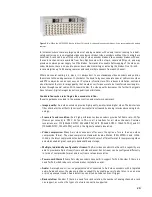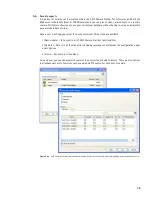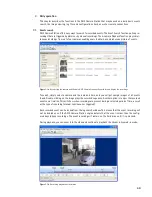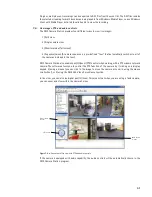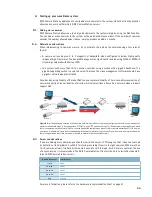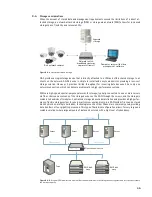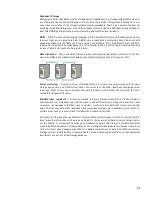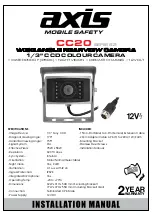
32
SCSI is the best solution in terms of reliability (and also the most expensive), followed in order by Serial
ATA and IDE. Note that Serial ATA and IDE are made for office desktops and not for 24-hour server op-
erations, as a surveillance solution demands. Since it is difficult to predict how long such hard disks will
last, Serial ATA and IDE disks should be installed in a way that makes them easy to replace.
Network-attached storage (NAS) and RAID
This section describes how AXIS Camera Station can use NAS to store recordings.
AXIS Camera Station will record video on the hard drive. The video will remain there for the number of
days specified in the configuration.
For each drive that is used for recording, you will need to specify how much disk space should be dedi-
cated for recording purposes. If the amount of disk space used is exceeded, AXIS Camera Station will
remove the oldest recording to ensure that there is enough space for ongoing recordings.
For each camera, you will need to specify the number of days that recordings should be stored. A special
option called “Unlimited” can be selected. The camera will then record for as many days as there is space
on the hard drive before AXIS Camera Station removes the oldest recordings.
Figure 4.3.a.
AXIS Camera Station: Recording storage settings
When using remote disks or NAS, you will need to ensure that the necessary bandwidth is available to
move recordings from the AXIS Camera Station server to the archive drives. Keep in mind that in a
network-attached storage setup, live streams from the cameras are running while data is being moved
to the NAS.
Using Redundant Array of Independent Disks (RAID) setup
RAID—which is a method of arranging hard drives in such a way that the operating system sees them as
one large, logical hard disk—can be used to secure your recordings and configuration, but it must be
implemented with caution.
4.3.
Summary of Contents for IP-Surveillance system
Page 49: ...49 ...



